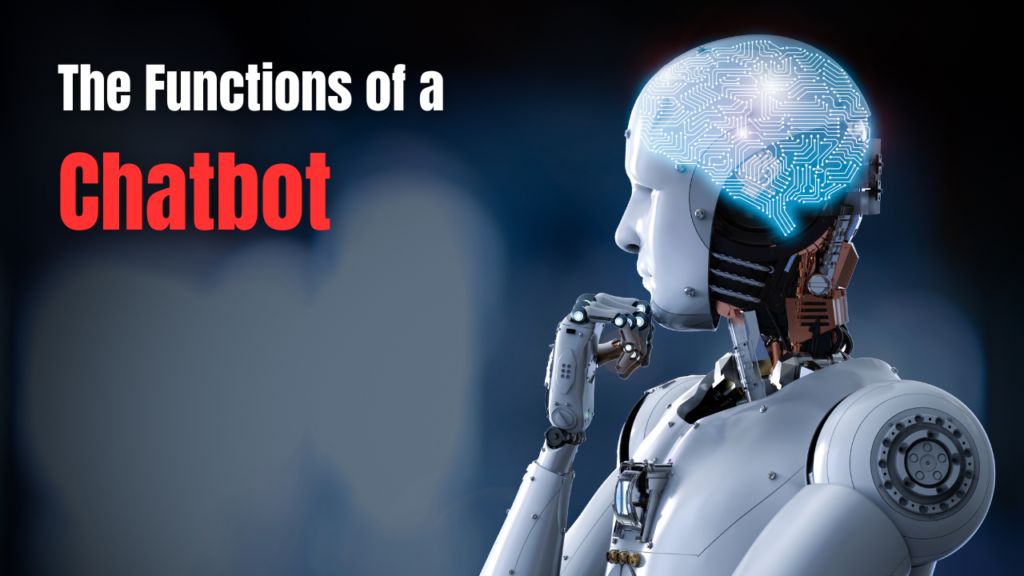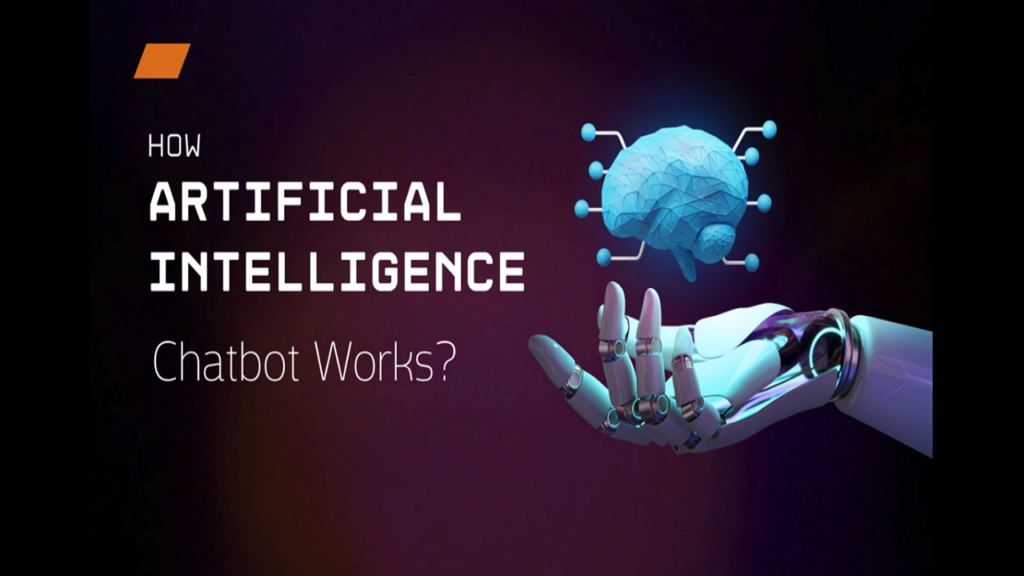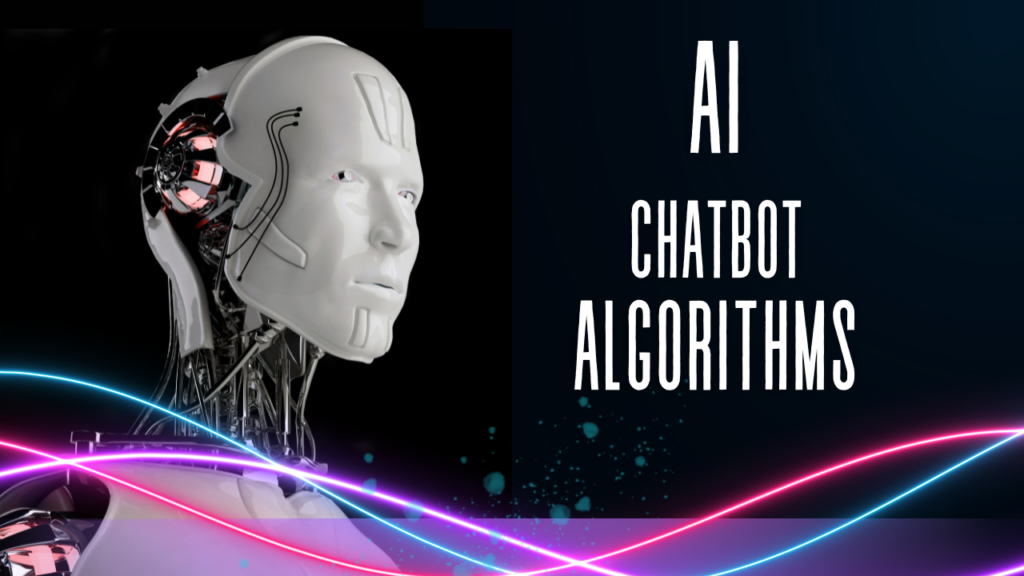Chatbots have become sophisticated and commonplace as a result of advancements in artificial intelligence, machine learning, and natural language processing. AI chatbots are being adopted not just by the retail sector but by industries, like healthcare.
Several businesses find it dangerous to ignore the rise of artificial intelligence. A place to start is by learning about chatbots, including how they operate and why they are effective. If AI is overwhelming you, consider chatbots as a low-risk entryway to opportunities.
“If You want to Remove AI Detection and Bypass AI Detectors Use Undetectable AI: It can do it in one click“
The Functions of a Chatbot

AI chatbots can reduce wait times, respond in a way that makes users feel heard, and capitalize on customers’ preference for online chat. They offer higher conversion rates, often from customers who have abandoned their shopping carts, which is a big issue for ecommerce.
AI chatbots enable businesses to offer 24/7 customer support and assist ecommerce companies. Chatbots can perform routine tasks and do not require breaks, holidays, or vacations.
Any business can benefit from the use of a chatbot in conjunction with real people to handle spikes in demand or unexpected gaps in customer service representative availability.
Chatbots can benefit both customers and businesses since they cut down on customer service downtime and can play a crucial role in your business continuity plan.
How AI Chatbot Works?

A chatbot is a computer program that interacts with people by responding to their inquiries and carrying out their requests. It can be configured to mimic human speech and carry out repetitive tasks based on predetermined triggers and algorithms.
A bot is made to converse with a human user through a voice message feature or chat interface in a web or mobile application, just like a user would. Conversational AI is what chatbots, like virtual assistants, are.
A question and answer bot, which is rules-based and generates answers using a tree-like flow, is the basic kind of chatbot. These chatbots are not artificial intelligence. They use pattern matching and a knowledge base to provide predefined answers to sets of questions.
The bot becomes intelligent and human-like when artificial intelligence programming is incorporated into the chat program. Deep learning, machine learning, natural language processing (NLP), and pattern matching are used by AI-powered chatbots in addition to a database of data.
A chatbot program searches a knowledge base for customer support representative documentation and past conversations to identify text groupings. The response is then shown based on AI chatbot algorithms. A multi-step approach was used to train the generative algorithm-based chatbots that are Alexa on Amazon, Siri on Apple, and Google Assistant.
These chatbots are capable of producing sophisticated answers by utilizing algorithms and past exchanges to identify patterns in user queries. A chatbot that uses generative AI is OpenAI’s ChatGPT (Generative Pretrained Transformer). ChatGPT’s sophisticated language processing model and extensive data set training produce understandable responses to user requests.
GPT-4, the bot’s recent iteration, is capable of ingesting both text and images. According to the MIT Technology Review, this version can make a recipe based on images of food items and explain the humor behind memes.
AI Chatbot Algorithms

Several used chatbot algorithms are as follows:
- Naïve Bayes
- Pattern Matching
- Sequence to Sequence Model
- Recurrent Neural Networks
- Long Short Term Memory
- Natural Language Processing
Machine Learning; Deep Learning; and Natural Processing
What is meant by machine learning is the ability of a computer to receive, process, and interpret data in order to find patterns. It can make decisions without the need for human intervention. When paired with pre-written chat scripts and a database of answers for responses, machine learning chatbot can identify recurring patterns in human conversations.
The chatbot learns from the database when it uses the program, making it intelligent. A machine learning chatbot can provide real-time answers to inquiries, assist users in finding goods and services on a website, and deliver tailored alerts and updates.
Machine learning algorithms are used to create deep learning chatbots, which mimic human speech and require less human intervention. Deep learning chatbots use structured data based on human-to-human conversation to make decisions by building multiple layers of algorithms, referred to as artificial neural networks.
The ChatGPT algorithm’s central component is a transformer-class neural network. The NLP layer, which enables computer programs to translate and mimic human conversation through sentiment analysis, predictive analytics, and text classifications, is a component of the AI chatbot algorithm.
To produce accurate forecasts of future events, predictive analytics integrates big data, modeling, AI, and machine learning. Sentiment analysis looks at a situation’s context in order to reach a subjective conclusion.
Sentiment analysis can be used in the context of chatbot technology to ascertain what a user really means when they type in a phrase or make a common spelling or grammar error.
A chatbot can determine the precise keywords and actions it needs to take to respond to a user’s input by decomposing a query into entities and intents. NLP can comprehend human language and respond to messages via chat, text, or voice call due to text classifications.
One known application of NLP and text classification is Multinational Naïve Bayes. In order to identify the highest scoring class related to the input, it matches terms from the input sentences and gives a score to each classification. The user would not realize they are conversing with a machine because of the way these technologies operate in the background of a chatbot.
Programming Languages for an AI Chatbot

While there is not a single programming language for chatbots, there are certain technical situations where one works better than another. It relies on the tools that your developers feel at ease using.
Python: Since Python was used to write the 1st Natural Language Toolkit, it is the popular language for building AI chatbots and an option for natural language processing.
Java: Because the foundation of AI programming is the application of algorithms, Java is an option for developing chatbots. Building and testing bot applications is made quicker and simpler by Java’s built-in Widget toolkit.
Ruby: Ruby is regarded as a reliable option for developing chatbots because of its abundance of dependable libraries. This programming language is a useful tool for creating chatbots because it supports automatic memory management and has a dynamic type system.
Lisp, Clojure, and CSML: You can use CSML, Lisp, and Clojure to create chatbots. Designed as a language for artificial intelligence projects, Lisp has improved in efficiency over time. It is a flexible and dynamic language that aids in the resolution of particular chatbot building issues.
A Lisp dialect called Clojure enables programmers to write chatbots with clear code, the ability to handle several requests at once, and functionalities that are simple to test.
A domain-specific language called CSML was created for the development of chatbots. This open-source language, which is based on Rust, is accessible and easy to use on platforms, making it possible to create scalable chatbots that can be integrated with applications.
Conclusion
Chatbots are taking over as the go – to method for interacting with companies. Consumers today expect instant satisfaction and a personalized online shopping experience, which makes chatbots a vital tool for businesses that aim to satisfy their clients right away.
Since instant gratification is the currency and motivator of the digital world, chatbots have replaced contact us links on business pages to the point where customers prefer to communicate with businesses via chatbot. Users expect faster and customized online shopping and browsing experiences.
Frequently Asked Questions about How AI Chatbots Work
What are AI chatbots?
AI chatbots are computer programs powered by artificial intelligence that are designed to simulate human conversation through natural language processing and machine learning algorithms.
How do AI chatbots work?
AI chatbots work by processing user queries, interpreting the human language input, and providing appropriate responses based on a predefined knowledge base or through real-time interaction with users.
What are the main types of AI chatbots?
The main types of AI chatbots include rule-based chatbots and deep learning chatbots, each using different approaches to understand and respond to user input.
How do AI chatbots use artificial intelligence?
AI chatbots use artificial intelligence to understand user queries, personalize interactions, and provide conversational AI experiences through natural language understanding and machine learning algorithms.
Can AI chatbots help in customer support?
Yes, AI chatbots can be utilized in customer support to handle common inquiries, provide instant responses, and perform sentiment analysis to gauge customer satisfaction.
How do AI chatbots provide a human-like experience?
AI chatbots achieve a human-like experience by simulating human conversation, analyzing language understanding, and using neural network models to mimic natural language interactions.


